Helpful Hints for Breast Cancer Survivors – An Occupational Therapist’s Perspective
Occupational Therapists are trained to help people with illness or disability learn how to maintain their daily lifestyle. These daily routines help us feel in control of our lives, and illness forces us to change and become more dependent on others. There are ways to modify and adapt so that we can regain a greater sense of mastery over our lives even while undergoing treatment. Remember to first check with your physician to make sure that you receive medical clearance to engage in the following activities.
Here are some suggestions:
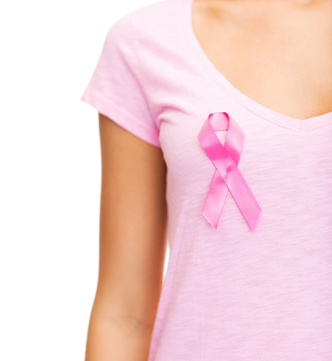 1. Take care of yourself by balancing work, rest, play and treatment. You may need to shift priorities and delegate responsibilities to others if able. It’s OK if the house is a little dirty.
1. Take care of yourself by balancing work, rest, play and treatment. You may need to shift priorities and delegate responsibilities to others if able. It’s OK if the house is a little dirty.
2.Fatigue is the greatest side effects suffered after cancer treatment. However, research has found that exercise during treatment can actually counter the fatigue. Exercise improves quality of life, enhances function, and gives one a sense of control. Even starting with 5 minutes of exercise a day can be beneficial. The less you do, the more fatigue you will feel.
3. If you have received a TRAM FLAP reconstruction, putting on shoes and socks may be difficult. Assistive devices such as long shoe horns or stocking aides may make the process easier.
4. Peripheral neuropathy is another side effect of chemotherapy regimens. Loss of balance and loss of sensation in the hands and feet is a concern. Take measures to reduce risk of falls by removing area rugs, clear and place non-skid mats in the bathtub, and use nightlights. Larger pens with a wider circumference or with grippers can help to hold a pen when hands are weak.
5. Calm your nerves by using techniques such as deep breathing, meditation, and yoga which assists with lymphatic flow, pain, and are great stress relievers.
6. Conserve your energy by using carts to carry items instead of making several trips to the refrigerator when cooking. Use frozen vegetables instead of fresh to avoid the work of chopping. Sit while you perform tasks. Store items that you need regularly nearby.
7. Try to use both hands as a team rather than relying just on the unaffected arm for daily tasks such as bed making, dishwashing or lifting. If you recently received surgery, it is better to slide objects if possible rather than lifting them.
8. Finger fitness is important if chemotherapy has caused weakness. Special exercises can help you to maintain or improve the dexterity and strength in your hands.
9. Short rest breaks of 5-10 minutes during every 30-40 minutes of task can help to conserve energy for more enjoyable activities.
10. Velcro is one of the greatest inventions. Find shoes that use Velcro if unable to tie shoelaces.
Naomi Aaronson is an occupational therapist and fitness instructor who specializes in breast cancer recovery and rehabilitation. Naomi believes that exercise is essential in recovery. Her mission statement includes the following, “take back your body and improve your physical and emotional health.” Visit her website, recovercisesforwellness.com
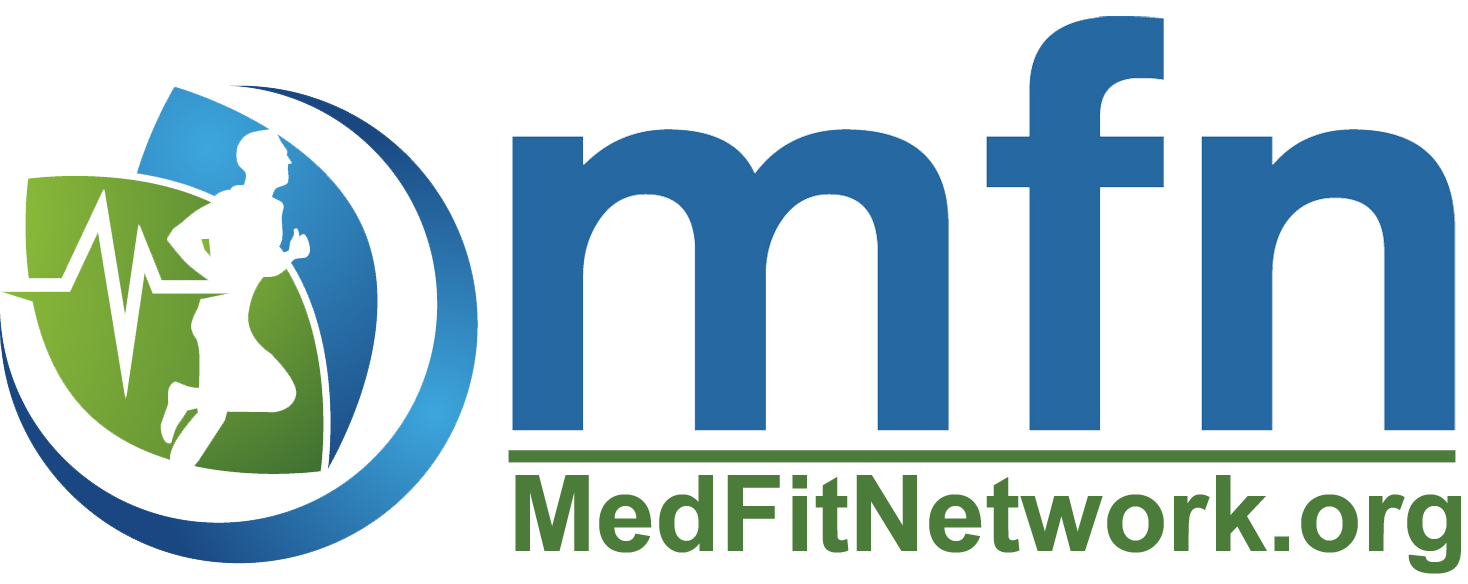
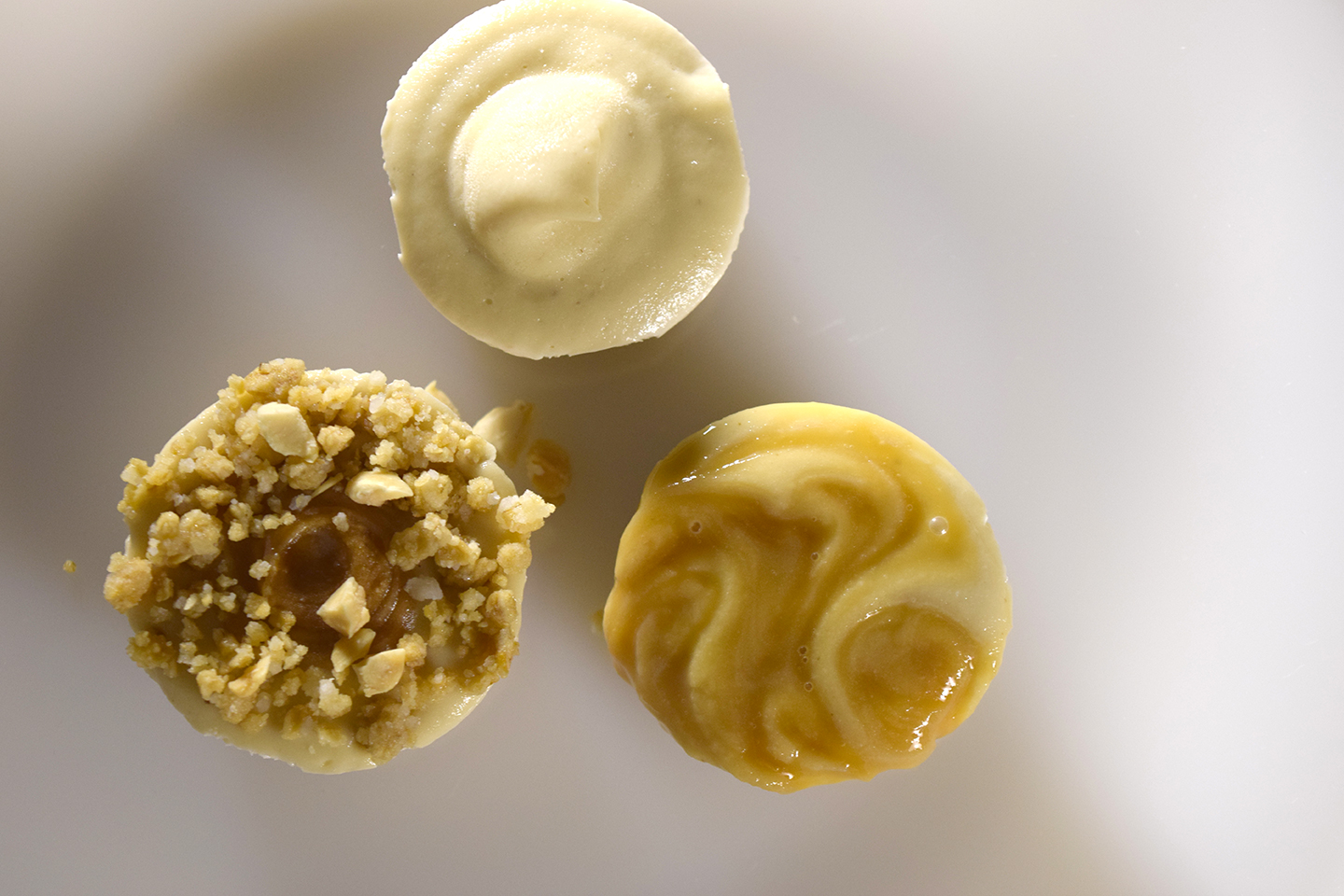
 These vegan and gluten-free cheesecakes taste authentic and provide well-balanced nutrition. Protein from the Cashew Cream, and flavored with sweet summer fruit, this recipe will keep everyone’s blood sugar stable. Enjoy straight from the freezer or allow to thaw at room temp, for an extra creamy treat.
These vegan and gluten-free cheesecakes taste authentic and provide well-balanced nutrition. Protein from the Cashew Cream, and flavored with sweet summer fruit, this recipe will keep everyone’s blood sugar stable. Enjoy straight from the freezer or allow to thaw at room temp, for an extra creamy treat. Cashews are a Drupe, just like the Coconut. Packed with minerals, particularly Magnesium and Manganese. These minerals are craving crushers! If you are having a craving for greasy foods, and/or sugar, it is generally due to a deficiency in these minerals. Grab 1/4 cup Cashews, and the craving will generally stop, unless it’s a “head” craving, (i.e., stress, fatigue, loneliness, and boredom).
Cashews are a Drupe, just like the Coconut. Packed with minerals, particularly Magnesium and Manganese. These minerals are craving crushers! If you are having a craving for greasy foods, and/or sugar, it is generally due to a deficiency in these minerals. Grab 1/4 cup Cashews, and the craving will generally stop, unless it’s a “head” craving, (i.e., stress, fatigue, loneliness, and boredom).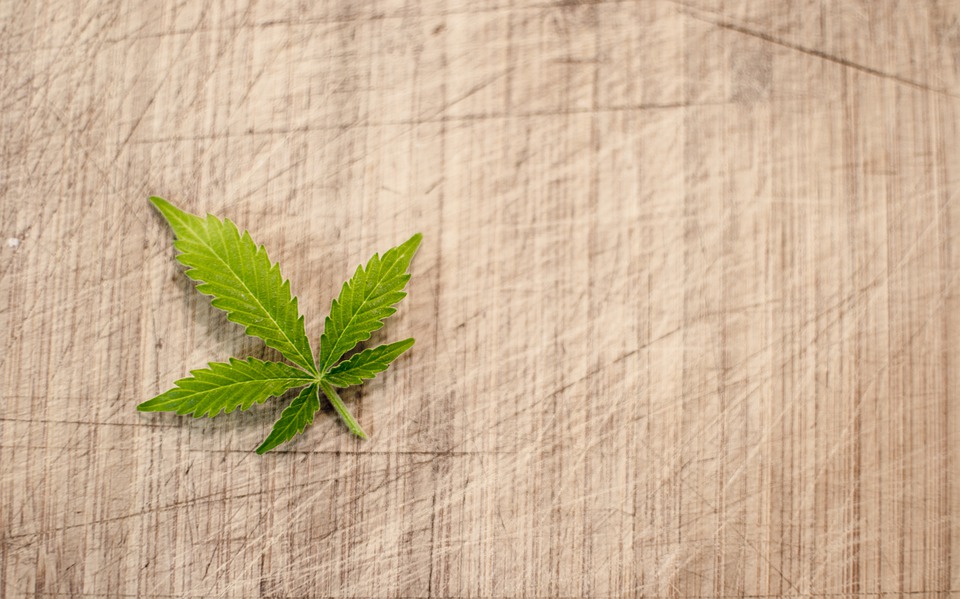
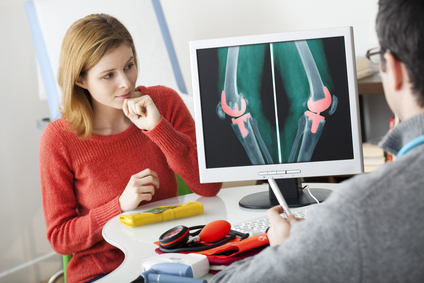


 What to do once you’re up and running? In the first year it’s important to have a working budget. This may only lend itself to 3-5 patients coming to your program to start. Once they experience the benefits of exercise and wellness, they will quickly tell their fellow patients. It’s also important to spread the word via small group lectures and fitness demonstrations. Since most cancer centers have monthly support groups, it’s a great place to conduct a 30 minute lecture and demonstration for local survivors. Next – a couple of sample articles for the local newspaper (perhaps a series) on the benefits of exercise for cancer survivorship. There are new research reports out each month. Lastly – call your local radio show and book a time to discuss exercise for cancer survivorship. They would love to have a topic like this for their time slots.
What to do once you’re up and running? In the first year it’s important to have a working budget. This may only lend itself to 3-5 patients coming to your program to start. Once they experience the benefits of exercise and wellness, they will quickly tell their fellow patients. It’s also important to spread the word via small group lectures and fitness demonstrations. Since most cancer centers have monthly support groups, it’s a great place to conduct a 30 minute lecture and demonstration for local survivors. Next – a couple of sample articles for the local newspaper (perhaps a series) on the benefits of exercise for cancer survivorship. There are new research reports out each month. Lastly – call your local radio show and book a time to discuss exercise for cancer survivorship. They would love to have a topic like this for their time slots.

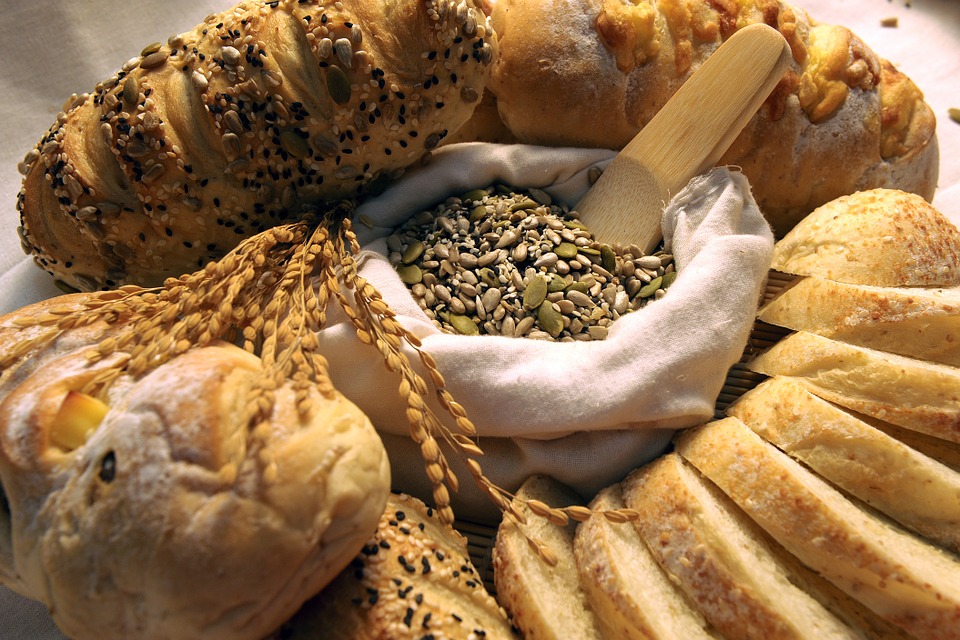
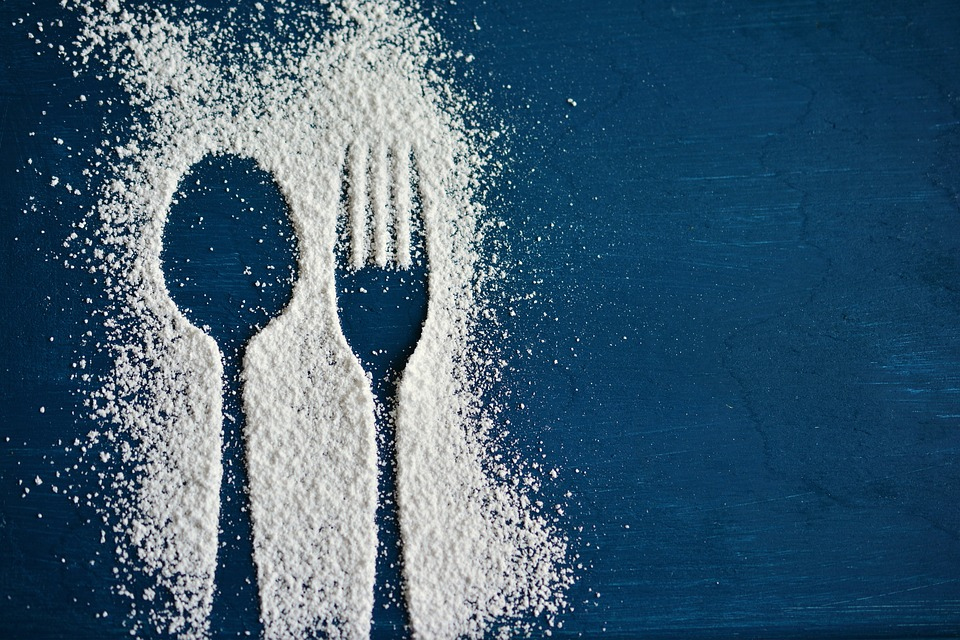 Does sugar cause diabetes?
Does sugar cause diabetes? Is fruit juice a healthful choice for athletes?
Is fruit juice a healthful choice for athletes?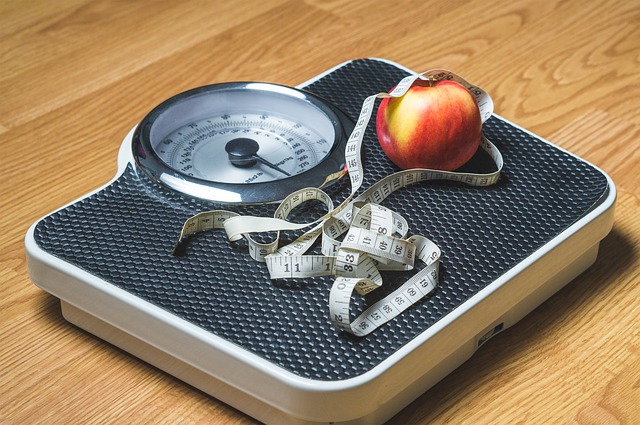
 Do you want to lose weight?
Do you want to lose weight?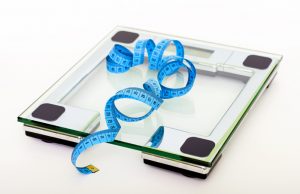 I give my clients a baseline of their body fat percentage and get them to use the scale. Then we set up a diet and exercise plan. You can lose weight by diet alone. But dieting can reduce muscle mass along with fat. This becomes ever more important as we age. We can lose as much as 6 pounds of muscle tissue per decade as we age. And metabolism can slow down as much as 3 percent per decade. You can see that if left unchecked, you’re on a slow boat to obesity. Adding an exercise program may be all you need to turn this process around. Cardio exercise burns calories, and strength training raises your metabolism and builds lean muscle mass while you are losing. Losing about 1 percent body fat a month and one to two pounds a week is considered safe and realistic. Here’s the winning combination. Reduce calorie intake with diet, do cardio most days to burn calories, and strength train at least a couple of days a week to build muscle mass and increase metabolism.
I give my clients a baseline of their body fat percentage and get them to use the scale. Then we set up a diet and exercise plan. You can lose weight by diet alone. But dieting can reduce muscle mass along with fat. This becomes ever more important as we age. We can lose as much as 6 pounds of muscle tissue per decade as we age. And metabolism can slow down as much as 3 percent per decade. You can see that if left unchecked, you’re on a slow boat to obesity. Adding an exercise program may be all you need to turn this process around. Cardio exercise burns calories, and strength training raises your metabolism and builds lean muscle mass while you are losing. Losing about 1 percent body fat a month and one to two pounds a week is considered safe and realistic. Here’s the winning combination. Reduce calorie intake with diet, do cardio most days to burn calories, and strength train at least a couple of days a week to build muscle mass and increase metabolism.